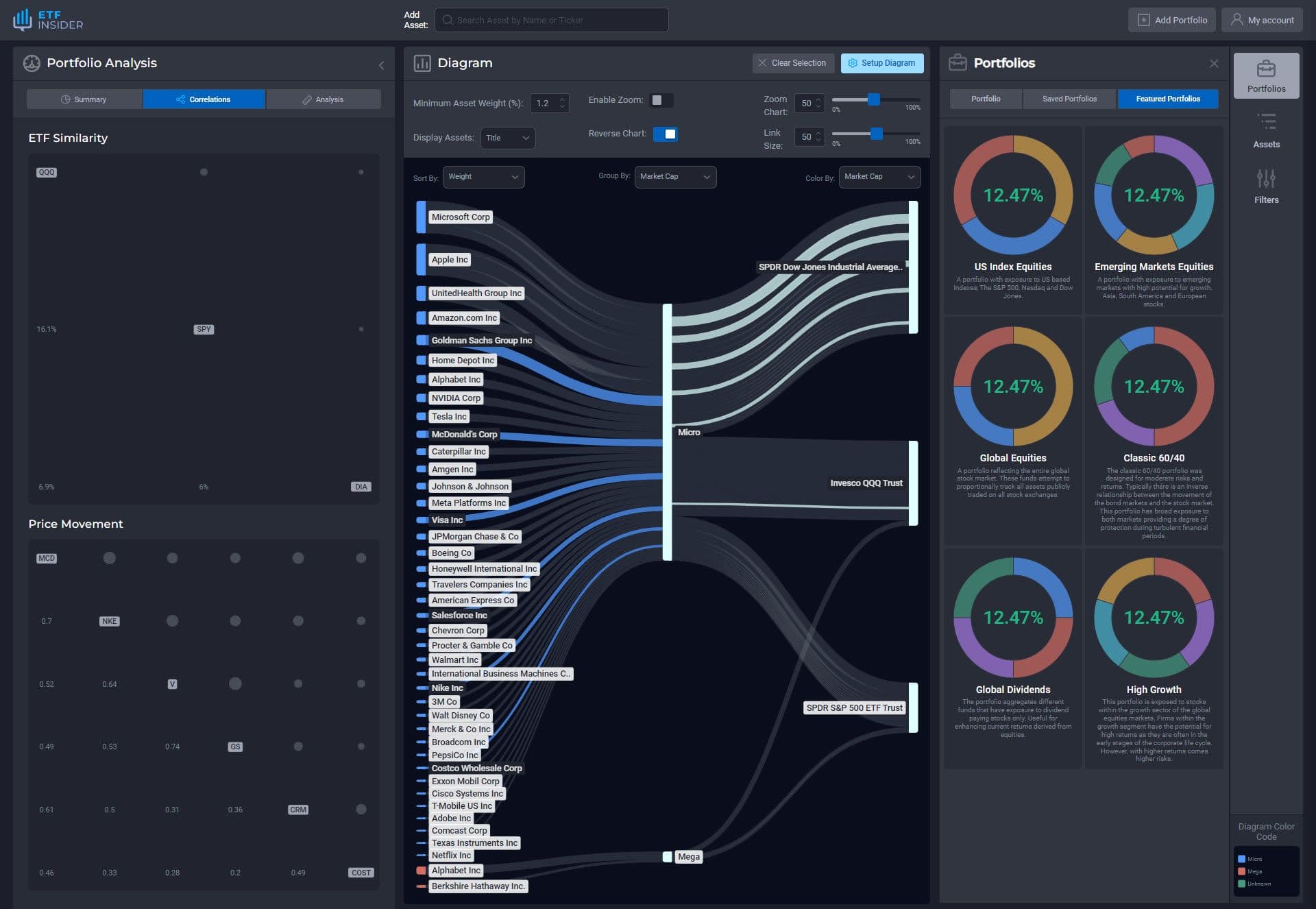![Short Guide: How Many Investments and Asset Classes to Hold on Different Timeframes (5, 10, and 20 years) [T]](/blog/_next/image?url=https%3A%2F%2Fstrapi.etfinsider.co%2Fuploads%2FInvestments_and_Asset_1_c5a5c34996.jpg&w=1920&q=75)
Short Guide: How Many Investments and Asset Classes to Hold on Different Timeframes (5, 10, and 20 years) [T]
Perhaps you may be conflicted with this question and are looking for a guide to help you out, or maybe you have already decided but are wondering if you made the right investment decisions.
Well, choosing what and how many investments to hold at any given time is no short of a delicate task, and if we add the complexities of different asset classes, there is to consider; welp! That certainly seems like complicated work to do!
Hence, we came up with a short guide to hopefully help you out by giving you a general context and objectives for the three long-term investing timeframes below.
Timeframes:
1.5 Years and Below
Objective: Take Advantage of a Bullish Market Cycle
Suggested Number of Asset Class: 1 (Equities)
Investments to Consider: Stocks, ETFs
First on our list is our shortest time frame. Being the shortest time frame, more than likely, investors are looking to capitalize on a bullish market cycle. Hence, we suggest focusing on equities (stocks and ETFs), particularly high-growth and tech stocks and ETFs, as they tend to perform best during bullish market cycles.
2. 10 to 20 Years
Objective: Resilient Long-term Capital Appreciation
Suggested Number of Asset Classes: 2 (Equities and Fixed Income)
Investments to Consider: Stocks, ETFs, Bonds
Next on our list is where most long-term investors classify their investment horizons. In addition to equities, we also suggest holding a fixed-income security or ETF to build a resilient portfolio. This is because, during this longer-term horizon, it is normal to experience multiple market cycles. Historically, fixed-income securities served as a "hedge" during market downturns. Thus, providing the "resiliency" factor in your portfolio.
 Investments and Asset 2.jpg
Investments and Asset 2.jpg
3. 20 Years and Beyond
Objective: For a Comfortable Retirement
Suggested Number of Asset Classes: 3 (Equities, Fixed Income, and Money Market Instruments
Investments to Consider: Stocks, ETFs, Bonds, and Money Market Fund
Last but definitely not least, if your horizon is more than 20 years, then more than likely, you are aiming to build your retirement fund. We suggest gradually adding a money market fund or ETF into your portfolio mix to lessen your risk, as these securities tend to be on the lower end of the spectrum in terms of risk and return.
The goal here is when you are nearing your retirement age, your exposure to risky assets needs to be reduced, as any significant market fluctuation can have a detrimental effect on your overall portfolio. Hence we suggest prioritizing protecting your portfolio.
Get started